#Meleagris gallopavo
Text
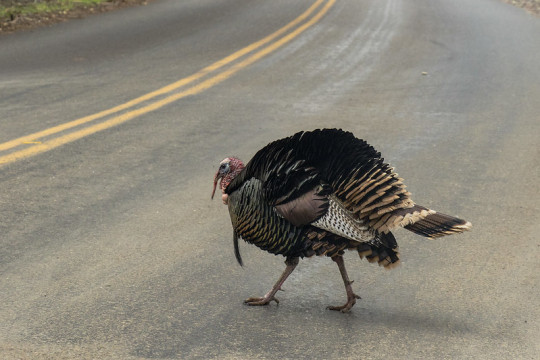
A wild turkey (Meleagris gallopavo) crosses the road in Montana de Oro State Park, California, USA
by marlin harms
#wild turkey#turkeys#gamebirds#birds#meleagris gallopavo#meleagris#phasinidae#galliformes#aves#chordata#wildlife: california#wildlife: usa#wildlife: north america
443 notes
·
View notes
Photo

Wild Turkey
2K notes
·
View notes
Text
BOTD: Wild Turkey

Photo: Tim Lumley
"Benjamin Franklin would have preferred to have the Wild Turkey, not the Bald Eagle, chosen as the national symbol of the United States. Although the barnyard variety is a rather stupid creature (leading to the insulting tone of the term 'turkey'), the original wild form is a wary and magnificent bird. Wild Turkeys usually get around by walking or running, but they can fly strongly, and they typically roost overnight in tall trees. Turkeys were formerly considered to belong to a separate family from other chicken-like birds; there are only two species, ours in North America and the Ocellated Turkey in Central America."
- Audubon Field Guide
#birds#wild turkey#birds of north america#north american birds#turkeys#landfowl#turkey#birds of the us#birds of canada#birds of mexico#birding#birdblr#birblr#bird of the day#bird watching#Meleagris gallopavo
36 notes
·
View notes
Text

Blurry cellphone wildlife photography: half a huge flock of turkeys
6 notes
·
View notes
Video
Wild Turkey Chick by Becky Matsubara
Via Flickr:
Sobrante Ridge Regional Preserve, Richmond, Contra Costa County, California
#Avian#Bird#Birds#California#Dindon sauvage#EBRPD#East Bay Regional Parks#Guajolote Norteño#Meleagris gallopavo#Nature#Outdoors#Sobrante Ridge#Sobrante Ridge Regional Preserve#WITU#Wild Turkey#Wildlife#ebparksok#flickr
32 notes
·
View notes
Text
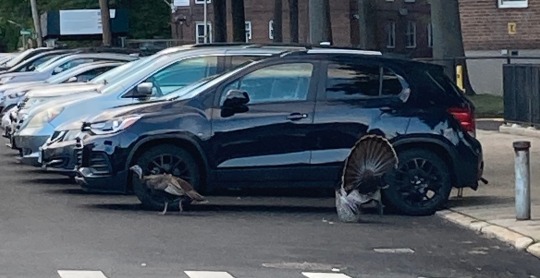
5 notes
·
View notes
Video
DSC_1548_Synchronized gobbling by sdttds
Via Flickr:
These three hansome fells were engaged in some sort of team effort in attracting a female or three. Every 10-15 seconds, they engaged in a synchronized set of full-bodied triple-gobbling
10 notes
·
View notes
Text
Critter fact #150:
The story of Benjamin Franklin proposing the turkey (Meleagris gallopavo) for a national bird is a myth. However, he did once write a letter comparing the bird to the Bald Eagle, in which he wrote that the turkey is "a much more respectable Bird, and withal a true original Native of America...He is besides, though a little vain & silly, a Bird of Courage".
0 notes
Text


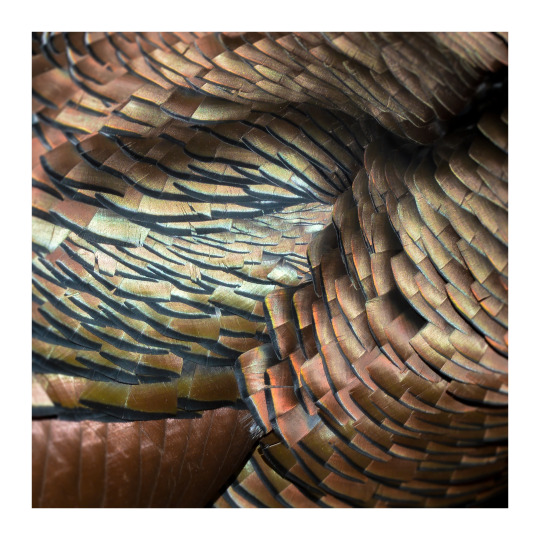

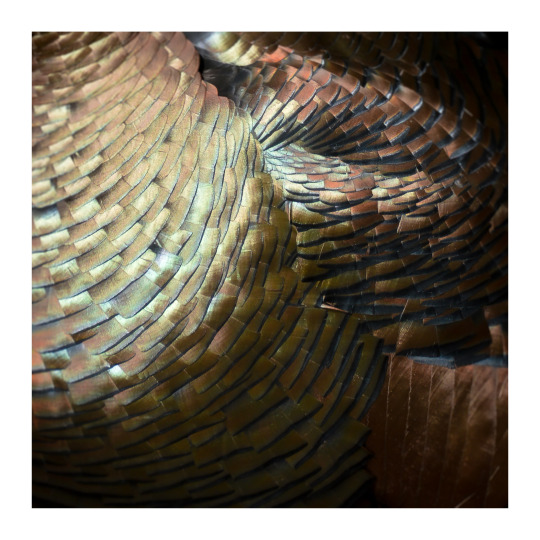

Plumas brillantes.
Iridescent plumage on Gould’s turkeys / guajolote norteño (Meleagris gallopavo mexicana) at Santa Rita Lodge. In Madera Canyon, Santa Cruz County, Arizona.
#photographers on tumblr#Gould's turkey#Meleagris gallopavo mexicana#abstraction in nature#turkey feathers#iridescence#Santa Rita Lodge#Madera Canyon#Santa Cruz County#Arizona
1K notes
·
View notes
Text



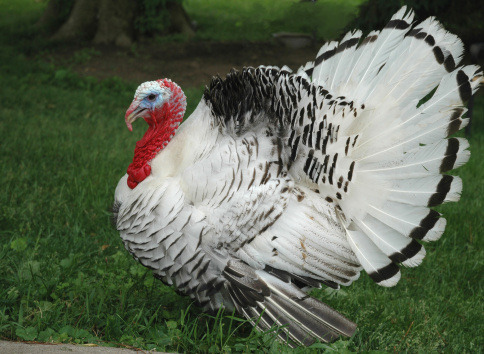



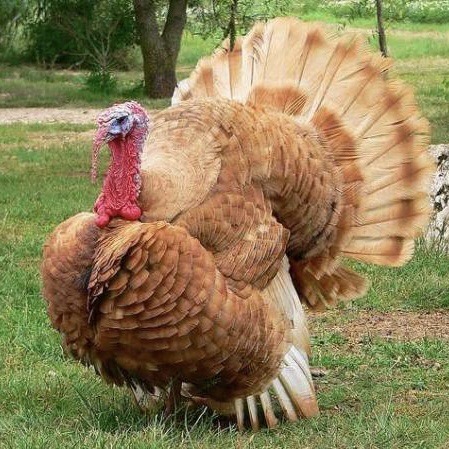
Heritage breeds of domestic turkey (Meleagris gallopavo domesticus)
Standard bronze
Slate blue
Bourbon red
Royal palm
Harvey speckled
Norfolk black
Narragansett
Jersey buff
3K notes
·
View notes
Text
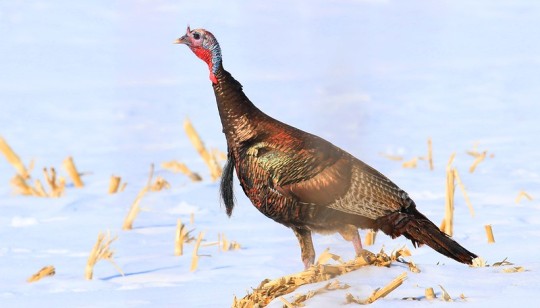
A male wild turkey (Meleagris gallopavo) in the snow near Lake Meyer Park, Iowa
by Larry Reis
#wild turkey#turkeys#gamebirds#birds#meleagris gallopavo#meleagris#phasanidae#galliformes#aves#chordata#wildlife: iowa#wildlife: usa#wildlife: north america
103 notes
·
View notes
Photo

Wild Turkey
129 notes
·
View notes
Text
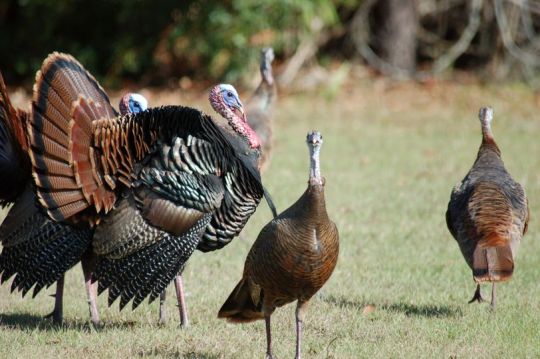
Wild Turkey (Meleagris gallopavo), males (left) and females (center and right), family Phasianidae, order Galliformes, Florida, USA
photograph via: Florida Fish and Wildlife
352 notes
·
View notes
Photo
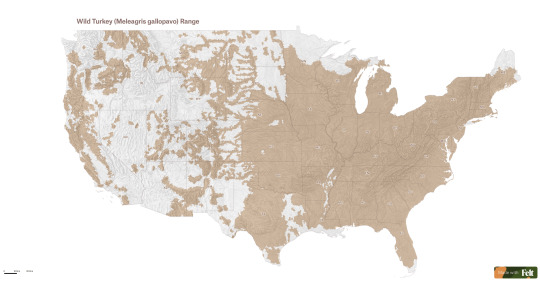
Wild Turkey (Meleagris gallopavo) Range in the Continental US.
by u/makella_
132 notes
·
View notes
Photo

Like all birds, the turkey (Meleagris gallopavo) is a living dinosaur, meaning its related to Tyrannosaurus rex.
Image credit: Jeff Banke | Shutterstock
#jeff banke#photographer#shutterstock#turkey#bird photography#meleagris gallopavo#dinosaur#tyrannosaurus rex#nature
15 notes
·
View notes
Text

Hey, y'all. Wanna do a quick thing that will make a difference? The Washington Department of Fish and Wildlife is considering uplisting the western gray squirrel (Sciurus griseus) from threatened to endangered. It was listed initially as threatened in 1993, and numbers have continued to decrease due to competition from invasive eastern gray squirrels (Sciurus carolinensis) and fox squirrels (Sciurus niger) as well as turkeys (Meleagris gallopavo), and continued habitat loss and development. Most of the time when you see a squirrel in western Washington, it's an eastern gray. Western grays are still around, but continuing pressure is going to make that less likely in the years to come.
Even if you aren't in Washington, show the WDFW that you care about these little critters by making a public comment; you can find information on how to do that here, to include an email address if you don't want to use the public form. You don't need to write anything super elaborate or long; just a quick note saying you support the uplisting of the western gray squirrel to endangered will work. Then reblog so others can do the same.
The squirrels and I both thank you!
#western gray squirrel#squirrels#endangered species#endangered animals#invasive species#mammals#rodents#wildlife#wild animals#conservation#environment#environmentalism#public comment#animal welfare#nature#animals
110 notes
·
View notes